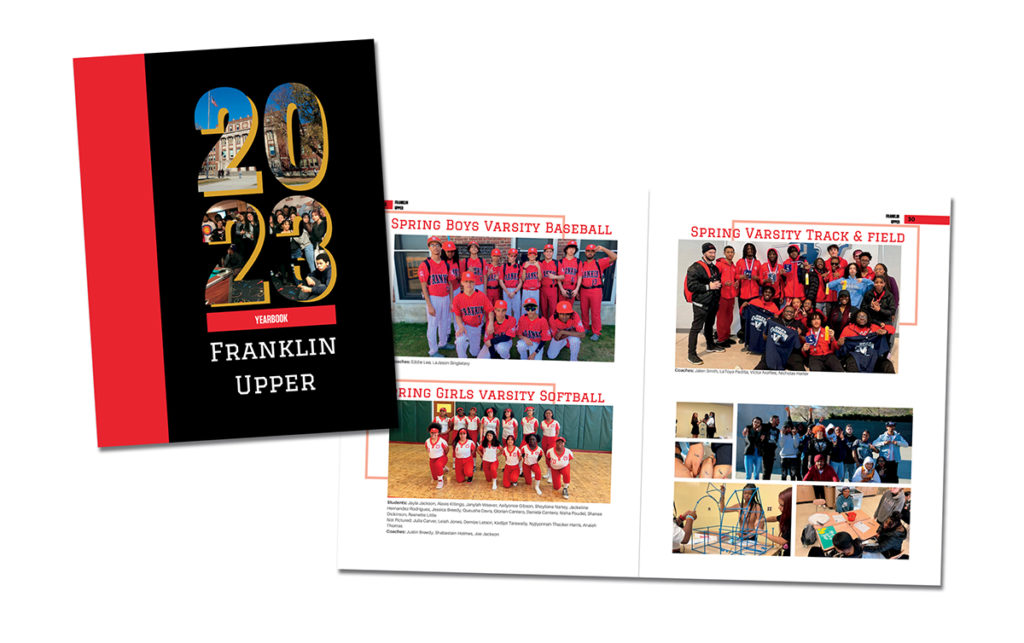Printed bound books offer a tactile experience and a physical presence that can create a sense of professionalism. When presenting information to clients or stakeholders, a well-designed and professionally printed book can leave a lasting impression and convey a sense of trustworthiness. Additionally, physical books are not dependent on electronic devices or internet connectivity, ensuring accessibility and convenience in various settings.
There are several different types of binding options available for printed bound books, each with its own advantages:
Wire binding: These books offer distinct advantages that make them a preferred choice in certain situations. Wire binding allows for easy flipping and flexible opening of the book, making it ideal for documents that require frequent referencing. Wire bound books also provide excellent lay-flat capabilities. The pages can be fully opened and laid flat, allowing for convenient reading and note-taking without the need to hold the book open. This feature is advantageous in scenarios where hands-free access to information is necessary, such as during presentations, meetings, or workshops. It enhances usability and makes it easier to reference specific sections of the book while keeping both hands available for other tasks. Wire binding is suitable for field guides, reference manuals, or any document that will be frequently used in demanding environments.
Spiral Binding: Also known as coil binding, spiral binding involves a continuous plastic coil threaded through small holes punched along the edge of the pages. This method allows for easy page turning and the book to lay flat when opened. Spiral binding is commonly used for notebooks, manuals, and presentations, as it allows for easy customization and flexibility.
Saddle Stitching: In saddle stitching, folded sheets are stapled together along the center fold line. This method is commonly used for booklets, brochures, and magazines with a lower page count. Saddle stitching is cost-effective and allows the book to lay somewhat flat when opened. However, it may not be as durable as other binding methods for thicker books.
Comb Binding: Comb binding uses a series of plastic combs with rings that are inserted into rectangular holes punched along the edge of the pages. The combs can be opened and closed, allowing for easy insertion or removal of pages. Comb binding is popular for reports, proposals, or training materials, as it allows for easy updates and modifications.
Perfect Binding: This method involves gluing the pages together at the spine. It is commonly used for paperback books, magazines, and catalogs. Perfect binding provides a clean and professional look, and it is suitable for medium to large page counts. However, it may not lay flat when opened.
Case Binding: Case binding is a high-quality and durable binding method typically used for hardcover books. The pages are sewn together, and the sewn block is then attached to a rigid cover. Case binding provides a premium look and feel, making it suitable for coffee table books, annual reports, or special editions. It offers excellent durability and is designed to withstand long-term use.










